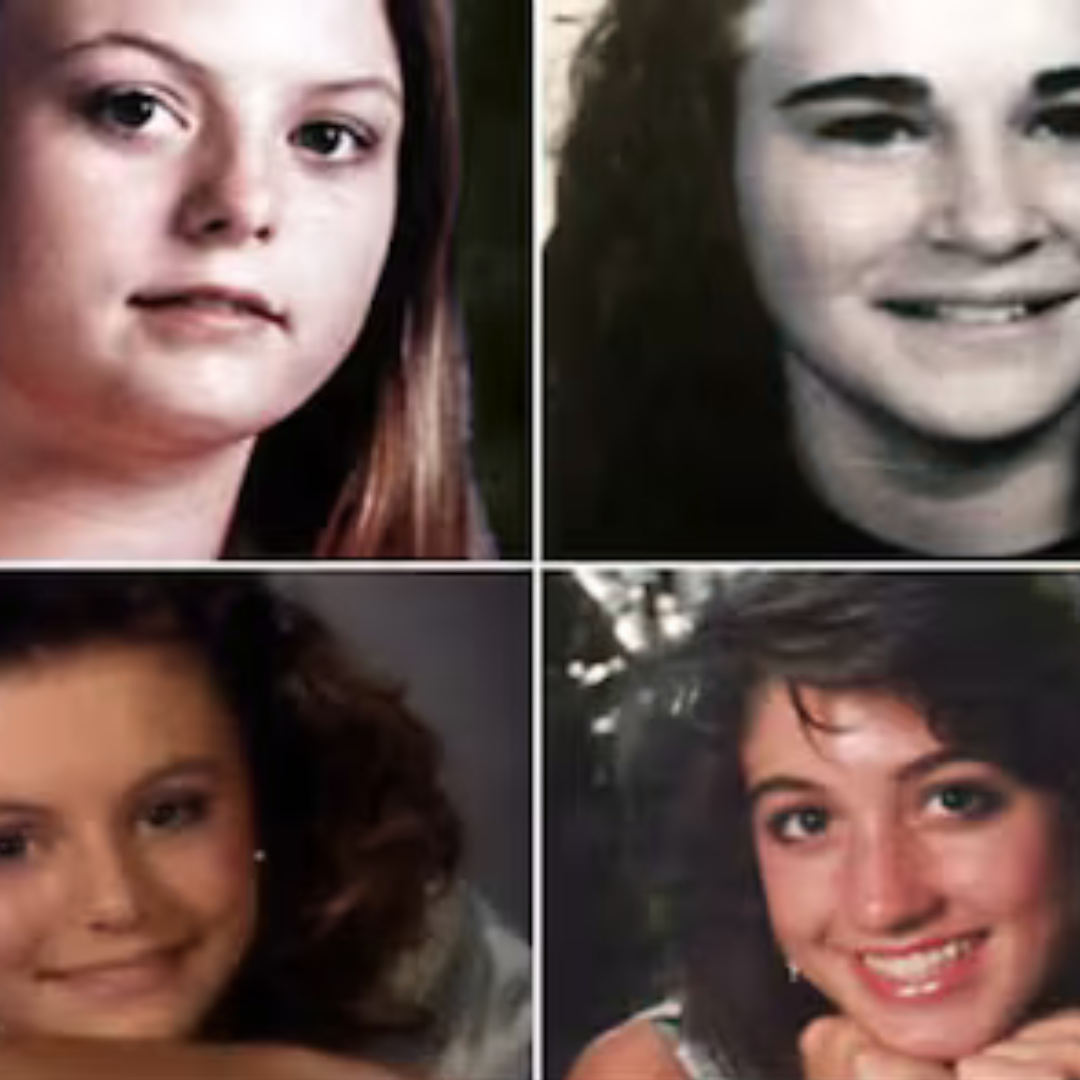Picture a cozy yogurt shop in Austin, Texas, buzzing with teenage giggles and the hum of a busy night. Now imagine that same spot transformed into a scene of unthinkable tragedy, a mystery that gripped a city for decades. On September 26, 2025, a seismic breakthrough changed everything: the yogurt shop murders were solved. After 34 years of heartbreak, dead ends, and relentless hope, the truth about four young lives lost has finally surfaced. Grab a comfy seat, and let’s unravel this emotional journey—from a horrific night to a bittersweet resolution that’s got everyone talking.
How the Yogurt Shop Murders Solved Changed Everything
It all began on a chilly December evening in 1991, at the I Can’t Believe It’s Yogurt! shop on West Anderson Lane. Four vibrant teens—17-year-old Jennifer Harbison, her 15-year-old sister Sarah, their friend 17-year-old Eliza Thomas, and 13-year-old Amy Ayers—were closing up after a typical Friday shift. They were kids with big dreams: cheerleading, school dances, and holiday plans. But by midnight, their lives were stolen in a brutal crime that shook Austin to its roots.
Firefighters responding to a blaze the next morning found a gut-wrenching scene. The girls had been bound, gagged, shot in the head, and set alight with lighter fluid. The shop’s safe was pried open, and about $600 was gone from the register. It looked like a robbery gone terribly wrong, but the cruelty hinted at something darker, possibly even assault. Austin, a laid-back city of music and sunshine, wasn’t ready for this. Flowers piled up outside the shop, and the community vowed: “We won’t forget.”
The Long, Winding Road to Answers
The investigation kicked off with fire in its belly. Detectives chased thousands of tips, interviewed countless people, and leaned on the FBI for help. But the fire had destroyed key clues—no fingerprints, no security footage. Theories swirled: Was it a random robbery? A targeted attack? A notorious killer even claimed he did it, but his story fell apart.
By 1999, police thought they’d cracked it. Four local guys—barely out of their teens—were arrested after two confessed under pressure. Robert Springsteen and Michael Scott faced trials and convictions, with Springsteen landing on death row. But something felt off. Their confessions didn’t fully match the evidence, and DNA from the scene pointed elsewhere. After years of legal battles, they walked free in 2009, their names cleared but their lives forever marked. The real killer was still out there, and trust in the system took a hit.
Families like the Harbisons and Ayers refused to give up. They held vigils, funded scholarships in the girls’ names, and pushed for new leads. True crime shows, books, and a powerful HBO docuseries launched this summer kept the case alive, tugging at heartstrings and demanding justice.
A DNA Miracle Breaks the Case Wide Open
Fast-forward to last week, and everything changed. Austin police announced they’d solved the case, thanks to cutting-edge science. Using advanced DNA testing that can pull male profiles from tiny samples, they re-examined evidence from one victim. The trail led to genetic genealogy—think family trees built from DNA databases, like the kind that caught other infamous criminals.
The name that surfaced? Robert Eugene Brashers, a drifter with a rap sheet of horror. In 1991, he was 31, prowling the South, leaving a trail of violence. He’d killed at least three others—a mom and daughter in South Carolina, a woman in Missouri—before dying in a 1999 police shootout. A bullet casing from the yogurt shop matched his gun, and his DNA was found at the scene. It was him, no question.
Police Chief Lisa Davis called it a “huge moment” for her team, who never stopped digging. The HBO series The Yogurt Shop Murders played a big part, sparking fresh tips and funding for tests. But here’s the twist: Brashers likely wasn’t alone. Witnesses heard multiple voices that night, hinting at accomplices. So while the yogurt shop murders solved brings relief, the case stays open, hunting for others involved.
What This Means for Austin and Beyond
For the families—now in their later years—this news is a heavy kind of closure. Barbara Ayers, who lost her daughter Amy, and the Harbisons’ mom, also named Barbara, have carried this pain for decades. They can finally name the monster who tore their world apart, even if he’s long gone. On social media, people are sharing tears and gratitude, with one X post saying, “Those girls can rest now.” Even Brasher’s own daughter has spoken out, wrestling with her dad’s dark shadow.
This case isn’t just about one night—it’s a lesson in grit and growth. It shows how far we’ve come with DNA tech, turning ashes into answers. It’s a warning about jumping to conclusions, remembering those four wrongfully accused guys. And it’s a tribute to a community that never let go, from memorials at the shop site to scholarships that keep the girls’ spirits alive.
Why This Story Hits So Hard
The yogurt shop murders solved is more than a headline; it’s a reminder to hug your loved ones tight. Jennifer, Sarah, Eliza, and Amy were just kids, laughing one minute, gone the next. Their story has inspired laws to fund cold cases and fueled shows that give victims a voice. If you’re as moved as I am, check out the HBO doc for the full scoop—it’s raw, real, and beautifully done.www.hradeckydenik.com
What’s your take? Does this feel like justice, or are you curious about those missing accomplices? Drop your thoughts below, and let’s keep their memory alive. Thanks for reading—here’s to truth, healing, and never forgetting.https://theinfohatch.com/paul-jason-sultana-a-guilty-verdict-and-courtroom/


3 thoughts on “The Yogurt Shop Murders Solved: A 34-Year Quest for Truth Ends in Austin”